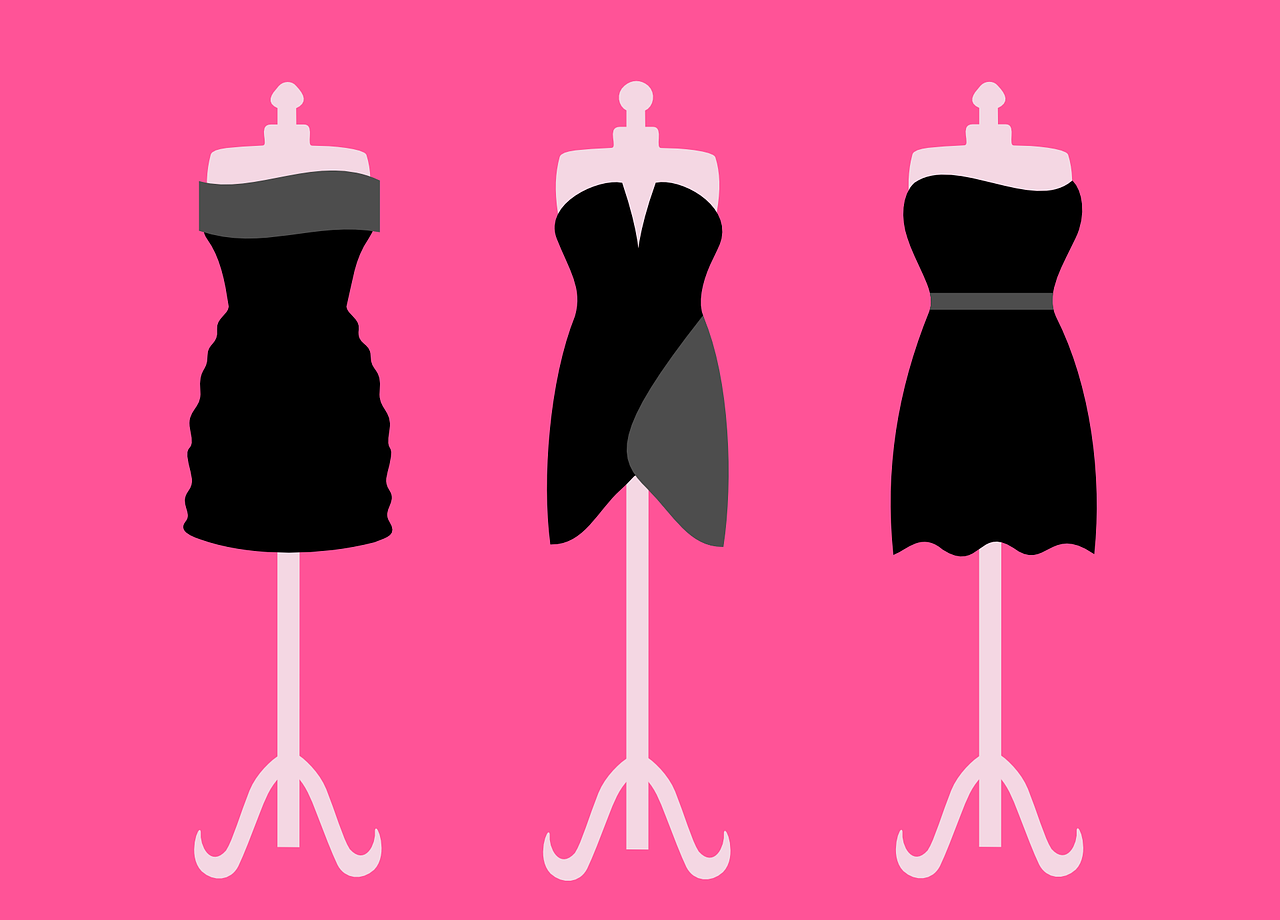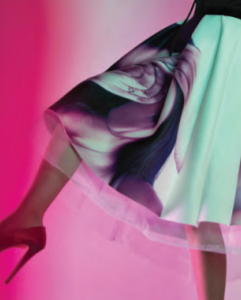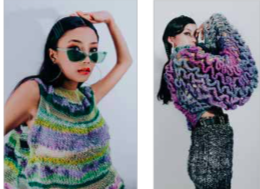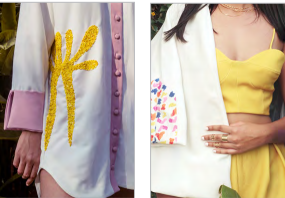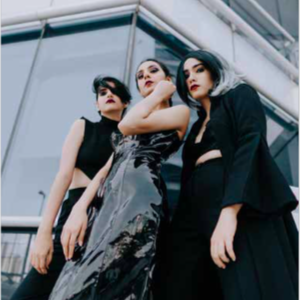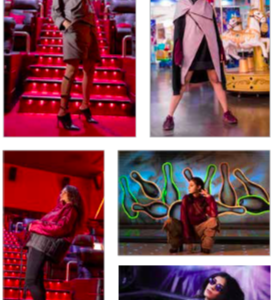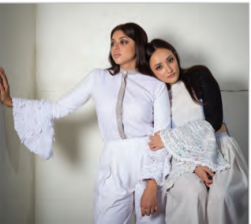A Step-By-Step Guide on How to Start A Fashion Brand
The world of fashion is alluring to many – it’s glamourous, glitzy, and exciting. But many fail to see that to make it to the top, one has to do a lot of hard work. It’s not easy but if one can invest dedication, passion, and patience, they can do it. It’s not just about creating the clothes – there’s branding them, setting up a successful shop, and making all the right connections. Here’s more on how to start a fashion brand that will make you the toast of the town.
How to Start A Fashion Brand
Whether one is wondering how to start their own clothing brand for personal recognition or want to be successful entrepreneurs, the following steps will be more or less the same.
1. Identify What the Market Needs
Clothes are as much about functionality as they are about aesthetics. A designer must first understand what the audience wants and needs. That could be related to the weather, the environment, prevailing ideas of beauty, current trends, and more.
Identify a niche that isn’t being occupied by strong contenders, or isn’t filled at all. Could it be a line of women’s clothes with spacious pockets? Perhaps men’s formal attire in more playful colors and prints. There are many opportunities out there to be picked up on.
2. Know the Niche
To stand out from the crowd, you must learn as much as you can about that niche. If one desires to know how to start a fashion label, they must assess their competitors. How can an individual make their clothes, shoes, etc. They could have a unique visual that separates them, such as the Lacoste logo.
The differentiator could be in their manufacturing process too. Many brands have stood out by committing to eco-friendly processes or by using vegan fabrics. Another way is to focus on a specialty, such as a tote bag, a customized shirt, etc. There are many ways to differentiate a brand successfully.
3. Know Your Audience
The next most important step to start a fashion brand is to know the target audience one is catering to. This goes hand-in-hand with finding a niche. Many designers will have to create a pros and cons list of each of the audiences they’re thinking of targeting.
Each audience has special characteristics that must be understood. Once the target audience is identified, it’s important to study them. Find out their desires, their personalities, and how they can be reached.
This is essential to building a clothing brand and many start-ups fail because they don’t do this part. It’s important to know whose problems the garment is solving, what exactly they want in terms of design, fabric, colors, etc., and more. Marketing efforts will include finding out which social media platforms they use, which TV channels they watch, and a lot more.
To explain this point better, let’s take two demographics – college students and middle-aged adults. College students will want brighter colors, whether it’s in the clothes or the marketing material. They may be more inclined to try new brands.
Middle-aged people would have more spending power, but they may already have fixed preferences in their brands. Also, a lot would change when marketing to an older crowd.
4. Develop A Detailed Business Plan
As with any other business, launching a new clothing brand would require a strong business plan to act as the foundation for any future actions. A business plan will include noting down the ultimate goals for the product, the budgets required for each stage, and even some information about the marketing efforts.
Some designers may want to have their brand name, others might want to create a private label brand for someone else – all this will be noted down in the business plan.
One of the most important aspects of the business plan is to mention the cost for different elements. Being on top of cash flow issues is extremely important. Designers must have a realistic view of their finances. The expenses must also include employee salaries.
5. Start Building the Brand
Designers must spread the word about their brand and its offerings right from the start. This helps create a buzz around the opening day. Many beginner brands start by selling their products online.
A tip for an online clothing business would be to use social media platforms as much as possible at the start. Designers start offering deals early – this way they’re ensuring that they have a loyal customer base right from the beginning.
6. Find a Manufacturer
One of the closest relationships in the fashion business has to be between the designer/brand owner and the manufacturer. Many people don’t have the means to source, cut, and sew all the materials by themselves. They look for external help in these processes.
That could mean looking for a fabric supplier, or for sewing staff, or even a fully functional factory that can create a limited supply of certain special products, along with mass-produced items. Countries like Vietnam, China, Sri Lanka, and Bangladesh are famous for having such factories.
7. Invest in the Marketing
Once a designer-entrepreneur is ready with what and how, and has some preliminary orders in, they must focus on their marketing efforts. This includes choosing a brand name, logo, and marketing profile. Many brands also have a slogan. There are e-commerce platforms like Shopify and Etsy that help people start.
Many also use the marketplace options on platforms such as Instagram and Facebook. Brands can use Google advertisements, Youtube ads, and a whole host of digital marketing tools to kick-start their marketing processes.
They can slowly graduate to TV ads, billboards, and more over time. Designers will be able to set the price point on their clothes after calculating their manufacturing and marketing costs. All these numbers must be added to the business plan.
8. Do A Soft Launch
Finally, it’s time to test the waters. Designers keep several pieces of clothing that they can sell in limited quantities. Many join hands with other business partners and co-investors to decrease the financial burden on them. This helps in scaling up, although the future profits will then have to be shared.
These tips aren’t enough to teach you how to start your own clothing label. If you want guidance from industry experts, then the ISDI – School of Design and Innovation offers a 4 year UG program in fashion design and 11 month PG program in fashion business management.
These courses teach students the nuances of fashion design and the different aspects that create a more comprehensive, responsible, and creative approach to learning fashion design. Students of this design course can seek careers as fashion designers, creative directors, costume designers, accessory designers, and much more.
Take the world of fashion by storm at ISDI – one of the leading design schools in Mumbai!

